Geology Reference
In-Depth Information
0
°
30
°
E
60
°
E
90
°
E
120
°
E
150
°
E
180
°
150
°
W
120
°
W90
°
W60
°
W30
°
W
Arctic Circle
Asia
60
°
N
Europe
North ?
America
30
°
N
Tropic of Cancer
Africa
0
°
Equator
South ?
America
Tropic of Capricorn
Australia
30
°
S
60
S
°
Antarctic Circle
Antarctica
Calcareous ooze
Pelagic clay
Glacial-marine sediments
Siliceous ooze
Land-derived sediments
Continental-shelf deposits
Most of the sediments on the deep seafloor are pelagic clay, calcareous ooze, and siliceous ooze.
a
Image not available due to copyright restrictions
Image not available due to copyright restrictions
Image not available due to copyright restrictions
Coccolithophores
c
1 mm
◗
Figure 9.16
Sediments on the Deep Seafl oor The particles making up the calcareous ooze are skeletons of
c
coccolithophores (fl oating single-celled plants), whereas siliceous ooze is composed of skeletons of
called coral reefs, they actually have a solid framework com-
posed of skeletons of corals and mollusks, such as clams, and
encrusting organisms, including sponges and algae. Reefs are
restricted to shallow, tropical seas where the water is clear
and its temperature does not fall below about 20°C. The
depth to which reefs grow, rarely more than 50 m, depends
on sunlight penetration because many of the corals rely on
symbiotic algae that must have sunlight for energy.
Reefs of many shapes are known, but most are one of
three basic varieties: fringing, barrier, and atoll.
Fringing reefs
are solidly attached to the margins of an island or continent.
They have a rough, tablelike surface, are as much as 1 km
wide, and, on their seaward side, slope steeply down to the
seafl oor.
Barrier reefs
are similar to fringing reefs, except that
a lagoon separates them from the mainland. The best-known
barrier reef in the world is the 2000-km-long Great Barrier
Reef of Australia.
Circular to oval reefs surrounding a lagoon are
atolls.
They form around volcanic islands that subside below sea
level as the plate on which they rest is carried progressively
farther from an oceanic ridge. As subsidence proceeds, the
reef organisms construct the reef upward so that the living




































































































































































































































































































































































































































































































































































































































































































































































































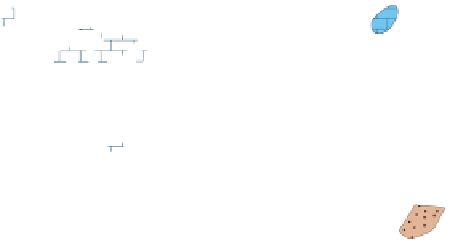













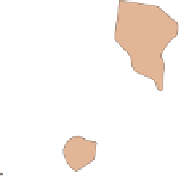



































































































































































































































































































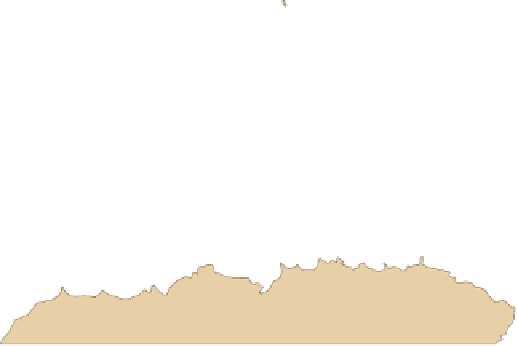










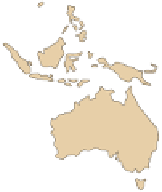


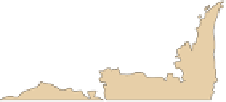






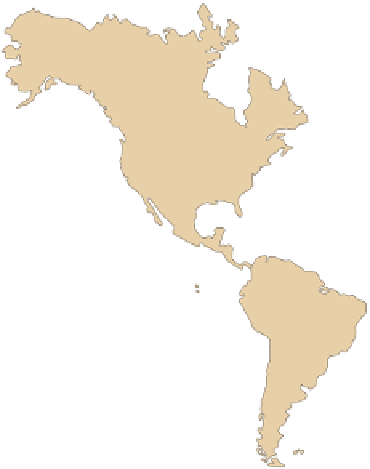





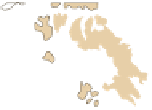

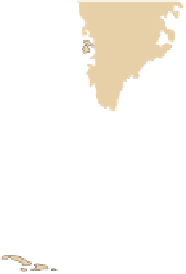





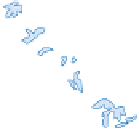










































Search WWH ::

Custom Search